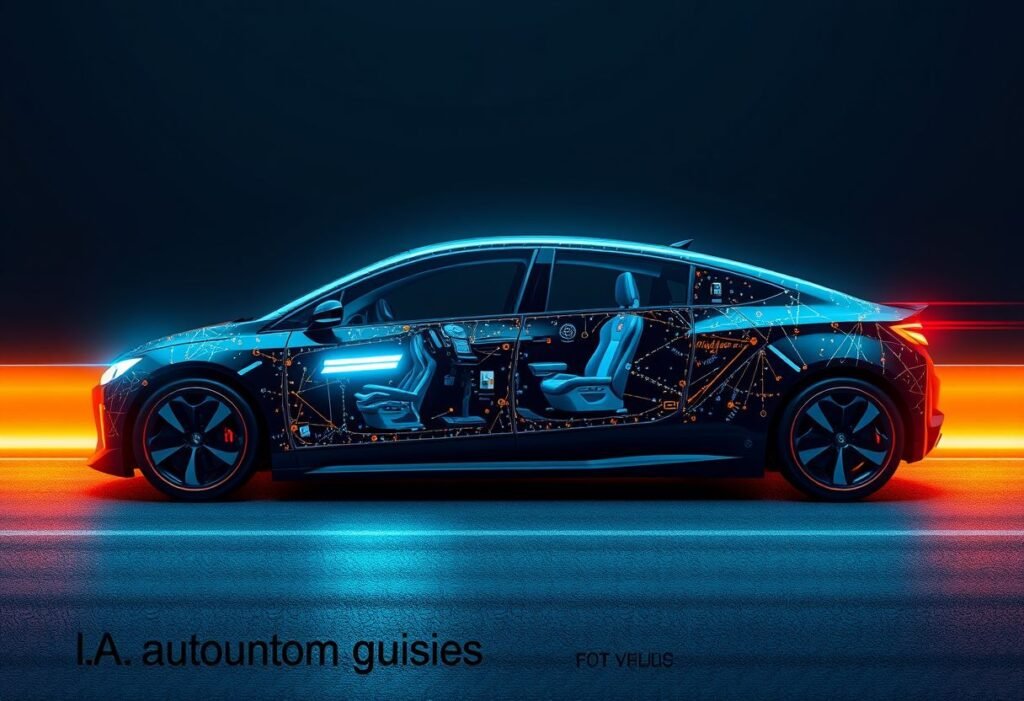The future of AI in autonomous vehicles is a key topic in today’s innovation landscape, presenting transformative potential for transportation and mobility.
Revolutionizing Safety and Efficiency
Artificial Intelligence is set to revolutionize safety and efficiency within autonomous vehicles. By leveraging advanced algorithms and artificial neural networks, vehicles can process vast amounts of data in real-time, leading to quicker decision-making than human drivers. Such capabilities will significantly reduce the likelihood of accidents, enhancing road safety. The incorporation of AI not only automates driving tasks but also improves traffic management systems, fostering a more efficient transportation ecosystem. Innovative safety technologies like predictive analytics will foresee potential hazards, allowing vehicles to navigate safely even in complex environments.
Enhancing User Experience
As autonomous vehicles become mainstream, AI will play a crucial role in enhancing user experience. From personalized entertainment options to seamless connectivity, AI systems can learn individual preferences and offer tailored services. Passengers can enjoy a relaxing ride while interacting with advanced user interface technologies that provide real-time updates about the journey. The future promises a shift from driving as a task to enjoying travel as an experience, where users can focus on entertainment or work, making the most out of their time on the road.
Integrating Machine Learning for Continuous Improvement
The integration of machine learning in autonomous vehicles ensures continuous improvement in their performance. By analyzing historical data and learning from past experiences, these vehicles become smarter over time, adapting to changing road conditions and driver behaviors. This self-learning capability leads to a reduction in operational risks, as the vehicle can predict and mitigate adverse situations before they escalate. The result is a more reliable transportation system built on data-driven insights that elevate the standards of travel safety and efficiency.
Environmental Impact of Autonomous Vehicles
Another crucial factor in the future of autonomous vehicles is their environmental impact. With AI integration, efficiency can be optimized, leading to lower fuel consumption and reduced emissions. Autonomous fleets can facilitate smarter routing, minimize fuel waste, and contribute to sustainable urban development by decreasing congestion. This synergy of innovations positions autonomous vehicles as a pivotal component of an eco-friendly future, aligning transportation with environmental goals. Embracing green technology is vital for mitigating climate change, making the transition to autonomous vehicles a crucial step forward.
Challenges and Ethical Considerations
Despite the immense potential, the future of AI in autonomous vehicles is not without challenges. Ethical considerations surrounding decision-making processes, especially in accident scenarios, necessitate robust discussions. Establishing accountability in cases of failure or accidents remains complex. As technologies evolve, policymakers and industry leaders must collaborate to develop clear regulations that govern AI functionalities in vehicles. Understanding societal implications is essential to foster trust and ensure the safe integration of autonomous driving technology into public life.
Future Innovations in Autonomous Vehicle Technology
Looking forward, continuous innovation in AI for autonomous vehicles is anticipated. Advancements like enhanced sensor technologies, improved data processing capabilities, and the incorporation of artificial general intelligence (AGI) will redefine how we experience mobility. Collaborative environments where vehicles communicate with each other and the surrounding infrastructure promise unparalleled levels of safety and efficiency. As we move towards this future of intelligent transportation, the potential for AI in autonomous vehicle development is limitless, shaping not just the industry, but also the way society functions and interacts.
Disclaimer: The contents of this article are for informational purposes only and do not constitute professional advice. Always consult with technological experts when considering the implementation of AI in autonomous vehicles.





















